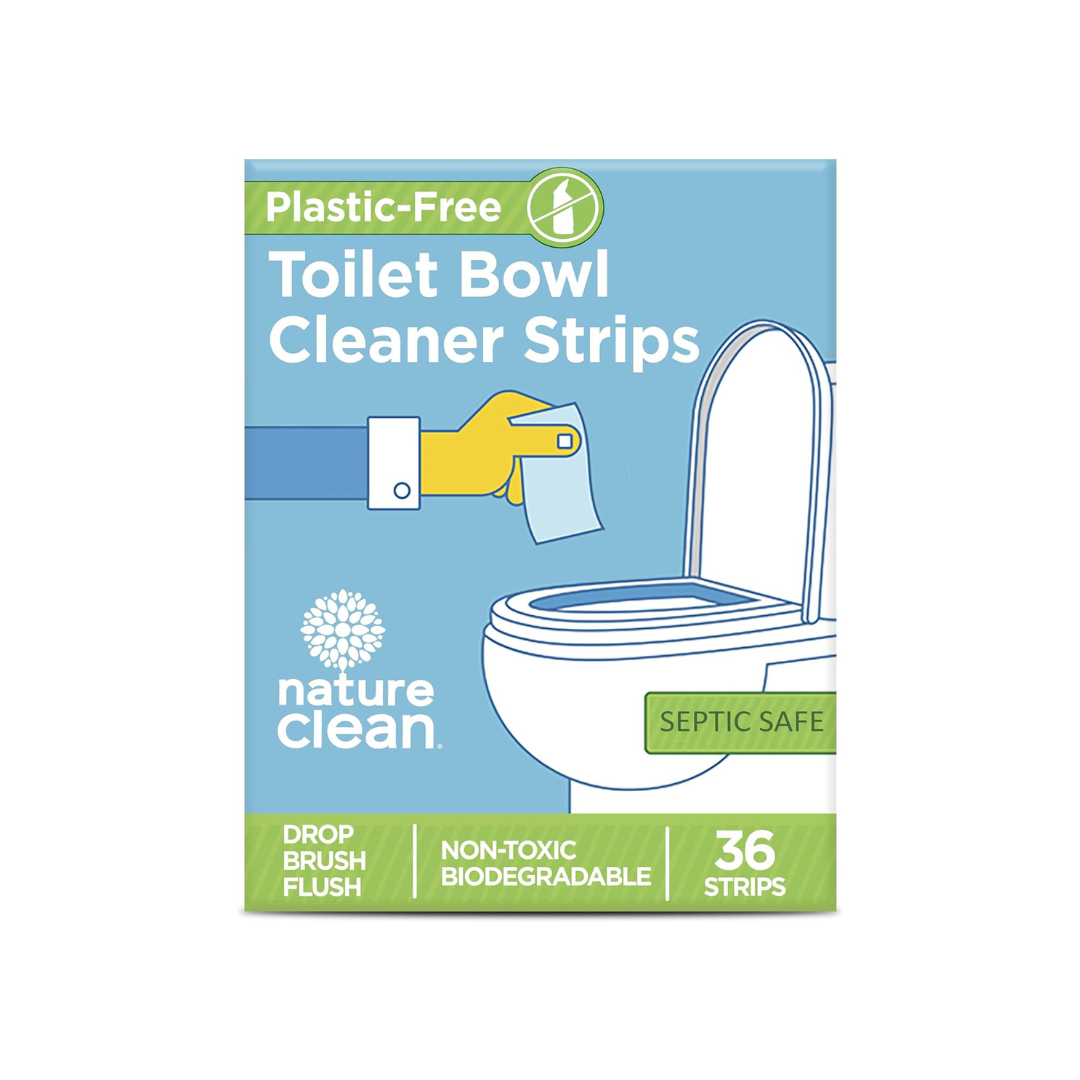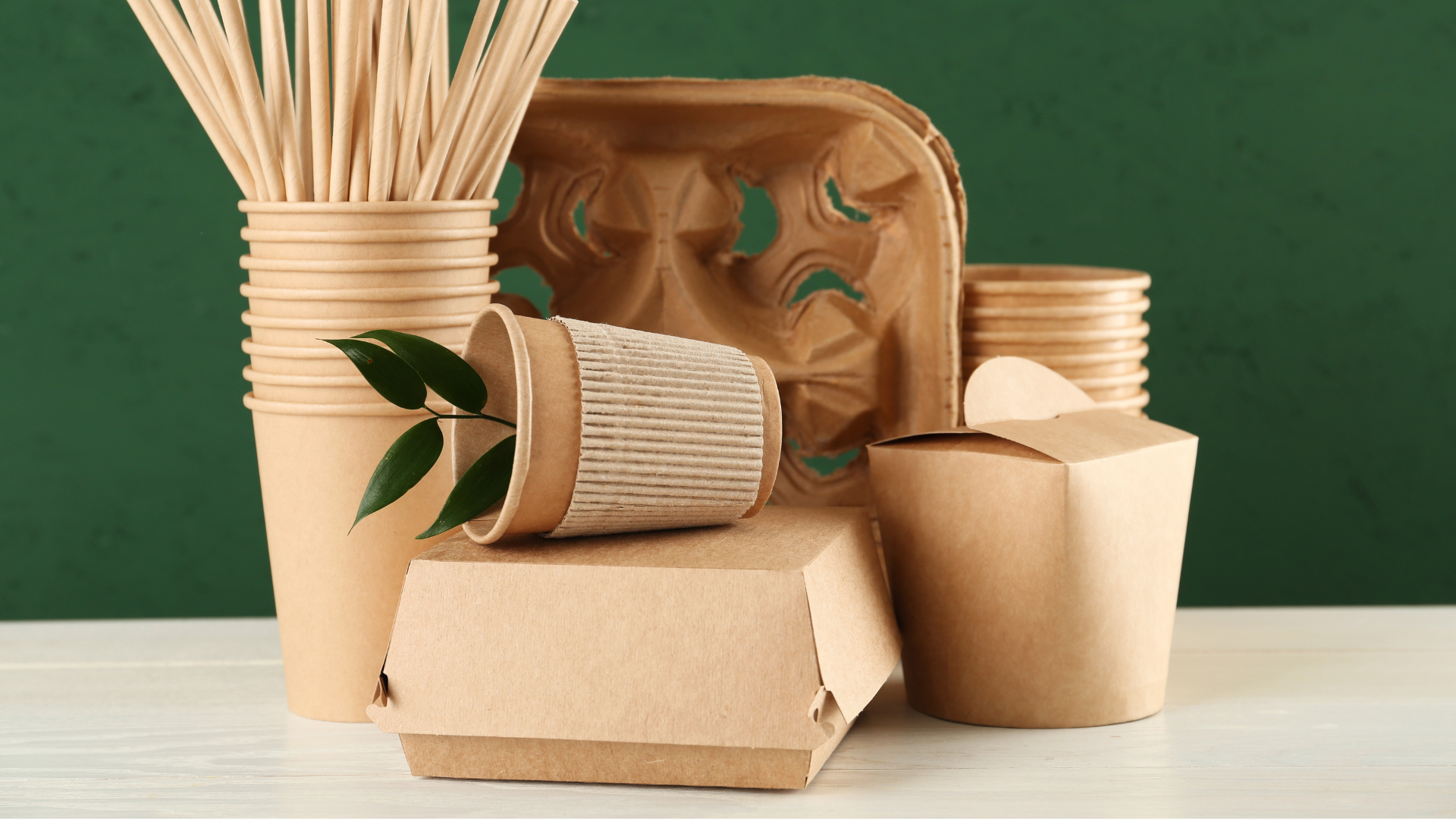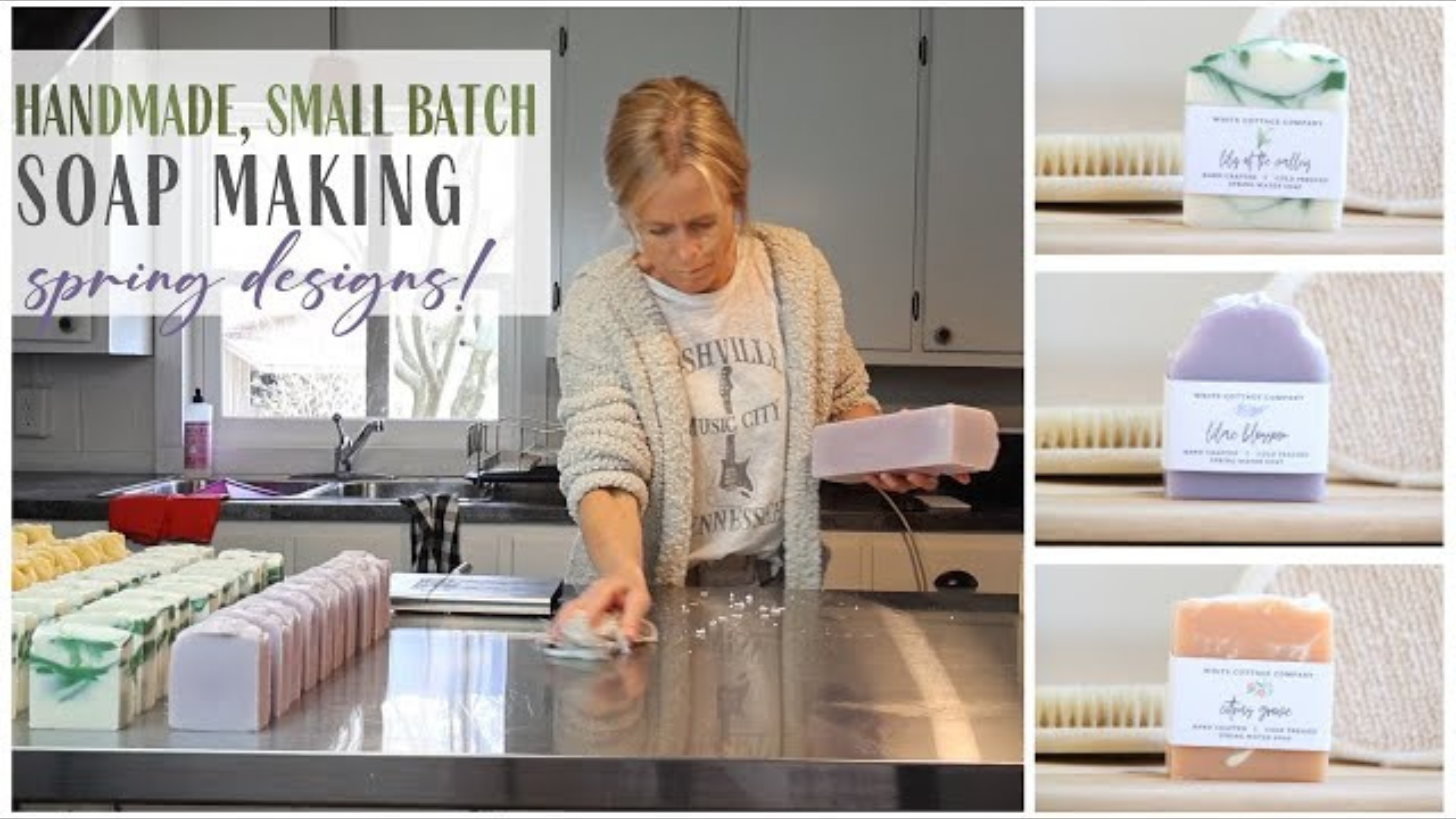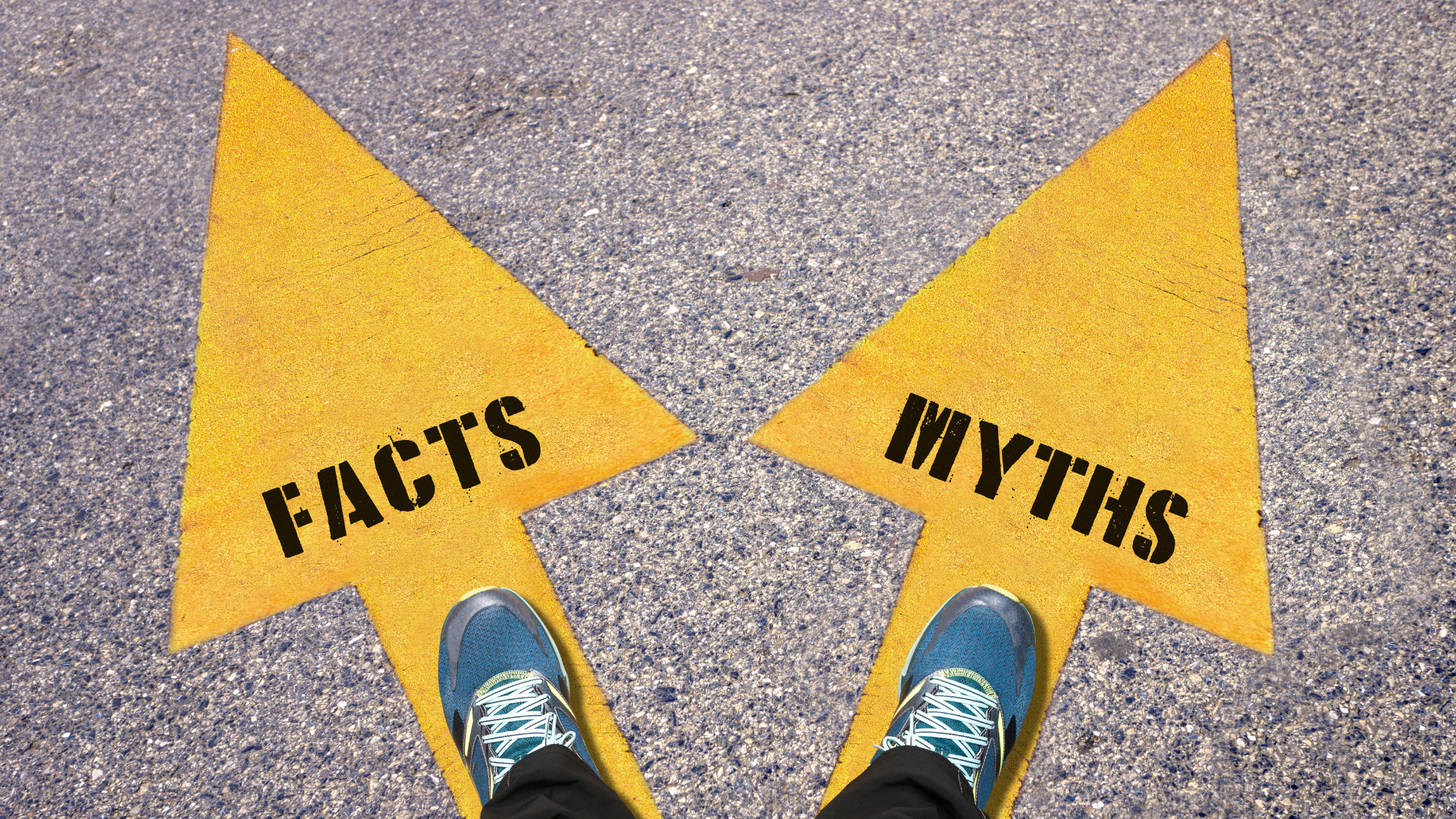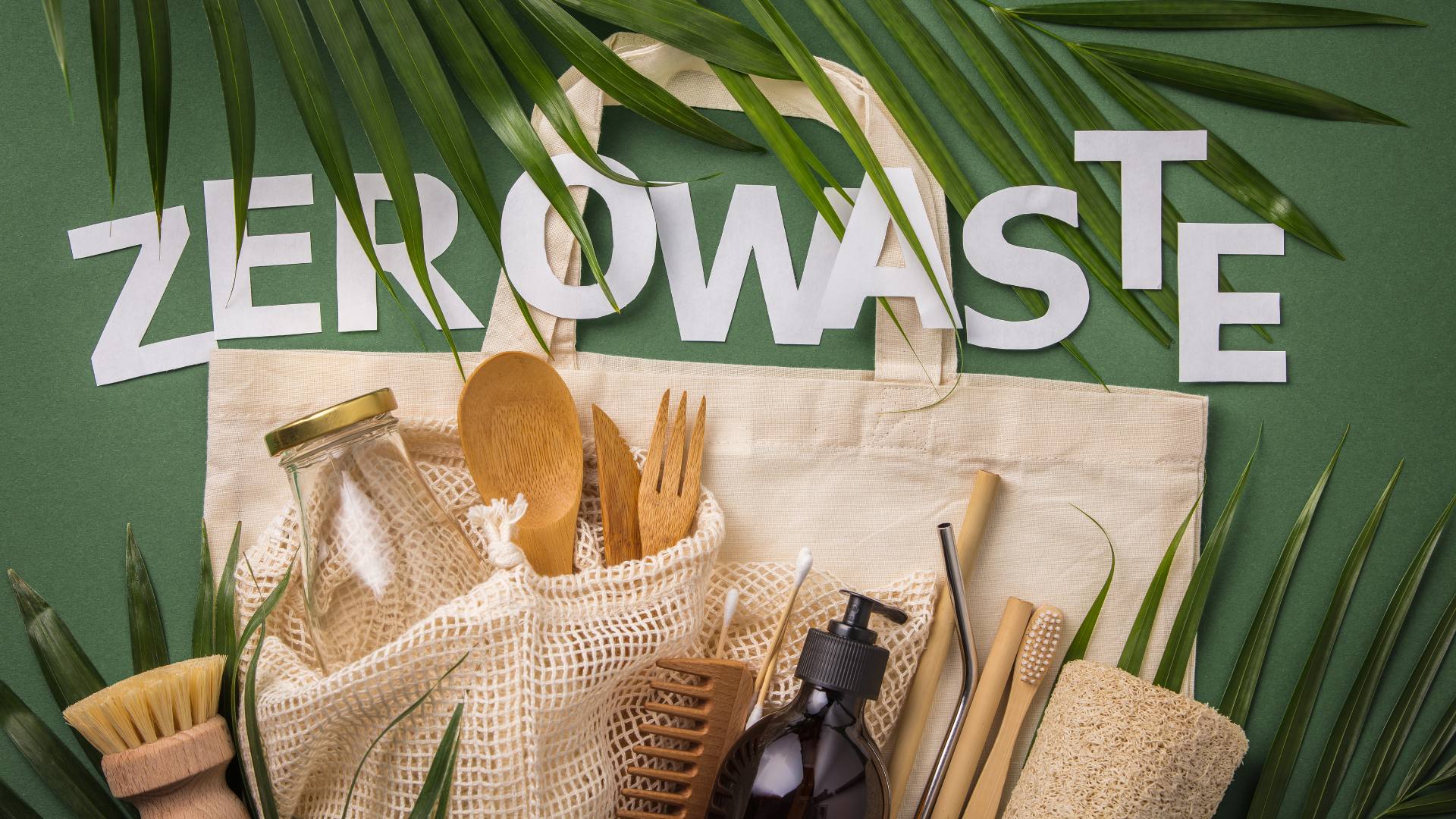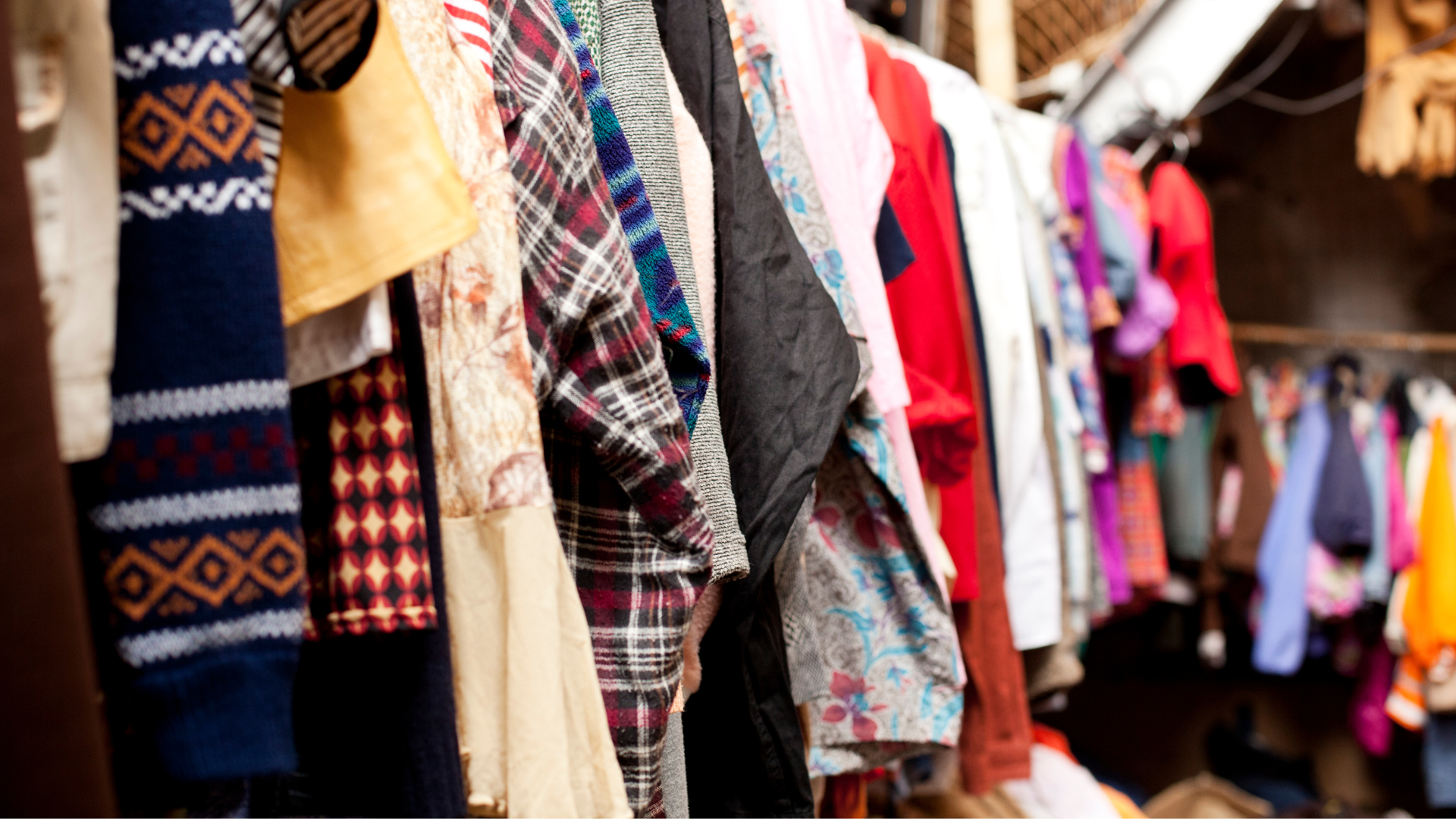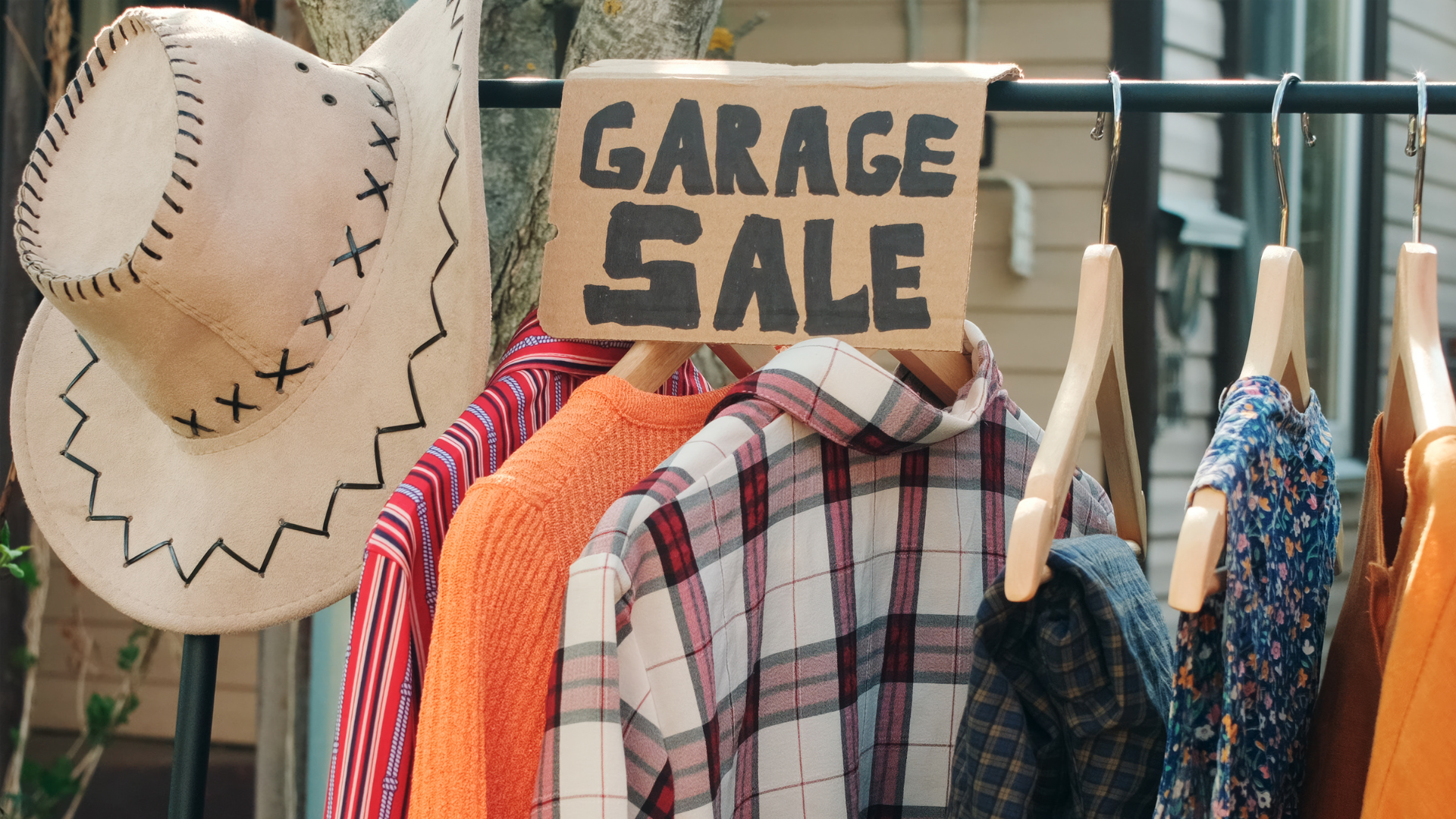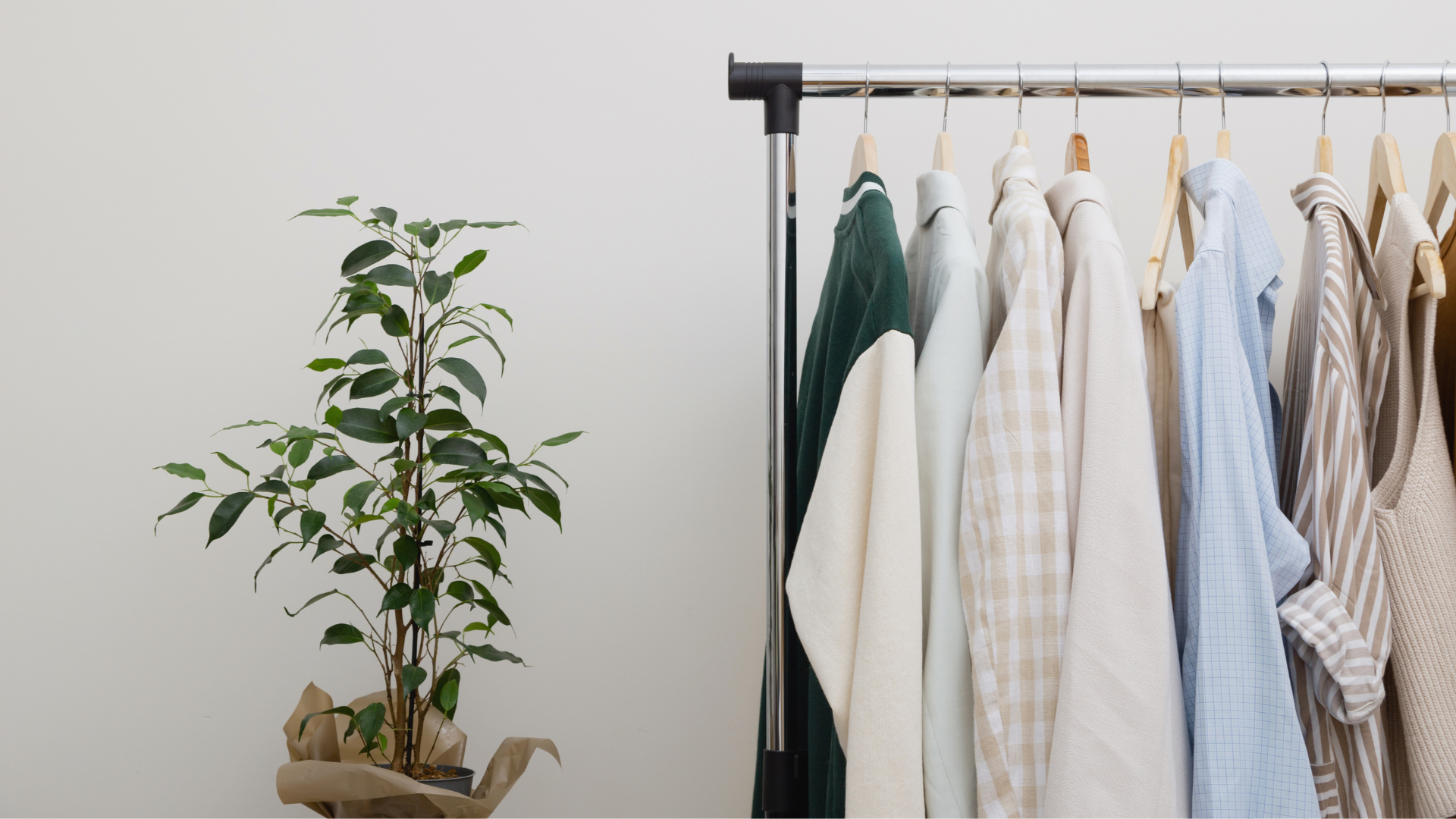Understanding the dangers of parabens, phthalates, SLS, SLES, formaldehyde, triclosan, microplastics, and more.
Understanding High-Risk Ingredients
In the ever-expanding world of personal care, beauty, and household products, the spotlight is increasingly shining on high-risk ingredients—those that pose potential dangers to human health, environmental sustainability, and ethical principles. While many products on store shelves claim to be safe and effective, a closer look at their ingredient lists often reveals hidden risks.
As a consumer, understanding what these high-risk ingredients are, the dangers they pose, and how to avoid them is crucial for making informed and responsible choices. At Sustai Market, we are passionate about ingredient transparency and sustainability. Tools such as the Sustai Score and Sustai Badges empower you to choose products that are not only good for you but also for the planet. Let’s dive into what high-risk ingredients are and why avoiding them is essential.
Why High-Risk Ingredients Should Be Avoided?
High-risk ingredients are substances commonly found in personal care, beauty, and household products that may cause harm to:
-
Human Health: Contributing to skin irritation, hormonal imbalances, respiratory issues, or even long-term diseases like cancer.
-
The Environment: Persisting in ecosystems, contaminating water sources, and harming wildlife.
-
Ethical Standards: Often derived from unsustainable sources or tested on animals.
Why Awareness Matters?
Many of these ingredients are used for their functionality, such as preserving products, creating foam, or adding fragrance. However, the potential dangers they pose often outweigh their benefits. By becoming aware of these ingredients, you can reduce your exposure to harmful substances and support ethical, sustainable practices.
At Sustai Market, we make it easy to identify products free from high-risk ingredients through the Sustai Score, which evaluates safety, sustainability, and ethical sourcing. Additionally, our Sustai Badges—like “Non-Toxic” and “Cruelty-Free”—highlight products that align with your values and health needs.
What Are High-Risk Ingredients?
High-risk ingredients are typically synthetic chemicals or naturally occurring substances that have been linked to adverse effects on health and the environment. These ingredients are often found in:
-
Personal Care Products: Skincare, haircare, and hygiene products.
-
Cleaning Supplies: Detergents, soaps, and disinfectants.
-
Beauty Products: Makeup, nail care, and fragrances.
High-Risk Ingredients at a Glance
Some of the most common high-risk ingredients include:
-
Parabens: Preservatives linked to hormone disruption.
-
Phthalates: Found in plasticizers and synthetic fragrances.
-
Sodium Lauryl Sulfate (SLS) and Sodium Laureth Sulfate (SLES): Foaming agents that can irritate the skin and eyes.
-
Formaldehyde and Formaldehyde-Releasing Agents: Preservatives and disinfectants with carcinogenic properties.
-
Triclosan and Triclocarban: Antibacterial agents that contribute to antibiotic resistance.
-
Microplastics: Tiny plastic particles that contaminate ecosystems.
-
Toluene and Other Solvents: Found in nail care products and linked to neurological damage.
-
Synthetic Fragrances: A mix of undisclosed chemicals that can trigger allergies and disrupt hormones.
By understanding these ingredients and their risks, you can take steps to protect your health and the environment.
The Dangers of High-Risk Ingredients
1) Health Risks
High-risk ingredients can negatively impact your health in several ways:
-
Skin Irritation and Allergic Reactions: Ingredients like SLS, SLES, and synthetic fragrances are known to cause redness, itching, and rashes, especially for those with sensitive skin.
-
Hormone Disruption: Endocrine disruptors, such as parabens and phthalates, interfere with hormonal balance, potentially affecting fertility and child development.
-
Carcinogenic Concerns: Formaldehyde and its releasing agents are classified as human carcinogens by the International Agency for Research on Cancer (IARC).
-
Respiratory Issues: Toluene and other solvents in nail care products release volatile organic compounds (VOCs) that can cause headaches, dizziness, and long-term respiratory problems.
-
Antibiotic Resistance: Antibacterial agents like triclosan contribute to the rise of antibiotic-resistant bacteria, posing a global health challenge.
2) Environmental Risks
The impact of high-risk ingredients extends far beyond individual health:
-
Water Pollution: Microplastics and chemical residues from personal care products often end up in waterways, harming aquatic life.
-
Toxic Waste: Ingredients like toluene and formaldehyde release harmful emissions during production and disposal.
-
Non-Biodegradability: Synthetic chemicals such as phthalates persist in the environment, contributing to long-term pollution.
3) Ethical Concerns
-
Animal Testing: Many high-risk ingredients are tested on animals to determine their safety, raising ethical concerns.
-
Unsustainable Sourcing: Ingredients derived from petroleum or non-renewable resources have a significant environmental footprint.
At Sustai Market, we prioritize products that are free from high-risk ingredients, ensuring they meet stringent safety, ethical, and environmental standards.
How to Identify High-Risk Ingredients in Products
Navigating product labels can be overwhelming, but knowing what to look for can make a big difference.
1) Read the Label Carefully
-
Look for specific names like “parabens,” “phthalates,” “SLS,” “triclosan,” and others.
-
Be cautious of vague terms like “fragrance” or “parfum,” which may hide a cocktail of harmful chemicals.
2) Watch for Greenwashing
-
Avoid products with misleading claims like “all-natural” or “eco-friendly” unless they are backed by certifications.
3) Use Trusted Tools
-
The Sustai Score at Sustai Market evaluates product safety and sustainability, helping you make informed decisions.
4) Look for Sustai Badges
-
Products with badges like “Non-Toxic,” “Cruelty-Free,” and “Plastic-Free” are safer and more environmentally friendly.
Common High-Risk Ingredients to Avoid
1) Parabens
-
What They Are: Synthetic preservatives used to prevent microbial growth.
-
Health Risks: Linked to hormone disruption and breast cancer.
-
Environmental Impact: Persistent in water systems, harming aquatic life.
-
Alternative: Products with natural preservatives like vitamin E or grapefruit seed extract.
2) Phthalates
-
What They Are: Used to make plastics flexible and as fixatives in fragrances.
-
Health Risks: Endocrine disruptors that can affect reproductive health.
-
Environmental Impact: Non-biodegradable, accumulating in ecosystems.
-
Alternative: Fragrance-free or phthalate-free products.
3) Sodium Lauryl Sulfate (SLS) and Sodium Laureth Sulfate (SLES)
-
What They Are: Surfactants that create foam in shampoos, soaps, and cleansers.
-
Health Risks: Known skin irritants that strip natural oils from the skin and scalp.
-
Environmental Impact: Toxic to aquatic organisms.
-
Alternative: Gentle, plant-based surfactants like decyl glucoside or coco-glucoside.
4) Formaldehyde and Formaldehyde-Releasing Agents
-
What They Are: Formaldehyde is a chemical preservative used in personal care products like hair straightening treatments, nail polishes, and shampoos. Formaldehyde-releasing agents, such as DMDM hydantoin and quaternium-15, slowly release formaldehyde to prevent microbial growth.
-
Health Risks: Classified as a human carcinogen by the International Agency for Research on Cancer (IARC), formaldehyde is linked to respiratory issues, skin irritation, and long-term cancer risk.
-
Environmental Impact: Formaldehyde and its derivatives are toxic to aquatic ecosystems, contributing to water pollution.
-
Better Alternatives: Look for products that use natural preservatives like vitamin E, grapefruit seed extract, or plant-based antimicrobial agents.
5) Triclosan and Triclocarban
-
What They Are: These are antibacterial agents commonly found in soaps, toothpaste, and deodorants.
-
Health Risks: Triclosan and triclocarban disrupt thyroid hormones and contribute to antibiotic resistance, a growing global health concern.
-
Environmental Impact: These chemicals are persistent in waterways and toxic to aquatic organisms, causing long-term damage to ecosystems.
-
Better Alternatives: Opt for natural antibacterial ingredients like tea tree oil, eucalyptus oil, or alcohol-based formulations.
6) Microplastics
-
What They Are: Tiny plastic particles used in exfoliants, makeup, and other personal care products. They include polyethylene beads, polypropylene, and polystyrene.
-
Health Risks: Microplastics can enter the human body through food, water, and air, potentially causing inflammation and other health issues.
-
Environmental Impact: Microplastics are non-biodegradable and a major pollutant in oceans, harming marine life and entering the food chain.
-
Better Alternatives: Choose exfoliants made from natural alternatives like sugar, coffee grounds, oatmeal, or jojoba beads.
7) Toluene and Other Solvents in Nail Care
-
What They Are: Toluene is a solvent used in nail polish and removers to create a smooth finish and dissolve other chemicals.
-
Health Risks: Toluene exposure can lead to headaches, dizziness, nausea, and long-term neurological damage. Pregnant women are particularly vulnerable as toluene is linked to developmental toxicity.
-
Environmental Impact: Toluene releases volatile organic compounds (VOCs) into the air, contributing to air pollution and smog.
-
Better Alternatives: Choose nail care products labeled as “3-free” or “7-free,” which exclude toluene, formaldehyde, and other harmful solvents. Look for plant-based or water-based nail polishes.
8) Synthetic Fragrances
-
What They Are: Artificial fragrances are a cocktail of undisclosed chemicals used to scent products. The term “fragrance” or “parfum” on labels can hide hundreds of chemicals, including phthalates and allergens.
-
Health Risks: Synthetic fragrances are a leading cause of skin irritation, allergies, headaches, and hormone disruption.
-
Environmental Impact: Non-biodegradable and harmful to air and water quality, synthetic fragrances contribute to environmental degradation.
-
Better Alternatives: Opt for products scented with essential oils or naturally derived fragrances. Look for “phthalate-free” labels.
How Sustai Market Simplifies Safe Ingredient Choices
Navigating product labels and ingredient lists can feel overwhelming, but Sustai Market simplifies the process by helping you make informed, conscious choices.
1) Sustai Score
The Sustai Score evaluates products based on three key factors:
-
Safety: Ensuring ingredients are free from harmful chemicals.
-
Sustainability: Prioritizing biodegradable and environmentally friendly formulations.
-
Ethical Sourcing: Highlighting cruelty-free, non-toxic, and fair trade products.
2) Sustai Badges
Our Sustai Badges provide at-a-glance labels for product attributes, such as:
-
Non-Toxic: Free from harmful chemicals like parabens, phthalates, and formaldehyde.
-
Plastic-Free: Avoids the use of microplastics and excessive packaging.
-
Cruelty-Free: Not tested on animals.
3) Curated Selections
Sustai Market only features products that meet strict criteria for safety and sustainability, ensuring you can shop with confidence.
8. Tips for Transitioning to Safer Products
Switching to cleaner, safer products doesn’t have to happen overnight. Here are some practical tips to help you transition:
1) Start Small
-
Begin by replacing the products you use most frequently, such as shampoo, body wash, or toothpaste.
-
Focus on high-priority items that come into direct contact with your skin.
2) Patch Test New Products
-
Test new products on a small area of skin before full application to avoid potential irritation.
3) Research Brands
-
Choose brands committed to transparency and sustainability. Look for certifications like USDA Organic, Sustai Verified, or Leaping Bunny.
4) Use Trusted Resources
-
Rely on tools like the Sustai Score to evaluate product safety and sustainability.
5) Avoid Greenwashing
-
Be cautious of marketing claims like “natural” or “eco-friendly” without evidence or certifications to back them up.
Addressing Myths About High-Risk Ingredients
Even with all this information, it’s common to encounter misconceptions about high-risk ingredients. Let’s debunk some of the most common myths:
Myth 1: "If It’s Sold in Stores, It Must Be Safe."
-
Reality: Many harmful ingredients are still approved for use due to outdated regulations or insufficient research.
Myth 2: "Natural Ingredients Are Always Better."
-
Reality: While many natural ingredients are safer, they can still cause allergies or irritation if not properly tested. Trust brands that disclose their full ingredient lists.
Myth 3: "It’s Too Expensive to Avoid High-Risk Ingredients."
-
Reality: Cleaner, safer alternatives are more affordable and accessible than ever, especially at Sustai Market, where curated products are designed for every budget.
Conclusion: Making Safer Choices for a Healthier Future
High-risk ingredients like formaldehyde, triclosan, microplastics, and synthetic fragrances can pose serious risks to your health, the environment, and ethical values. By understanding these ingredients and actively choosing safer alternatives, you’re taking meaningful steps toward a healthier lifestyle and a sustainable planet.
At Sustai Market, we are dedicated to making this journey easier for you. With tools like the Sustai Score and Sustai Badges, you can confidently choose products that align with your health goals and environmental values.
Ready to make the switch?
-
Explore our Personal Care & Beauty section for clean, safe alternatives to products with high-risk ingredients.
-
Learn more about how your choices impact the planet in our Sustainable Living blog.
By shopping smarter, you’re not just protecting yourself—you’re contributing to a better future for everyone.



